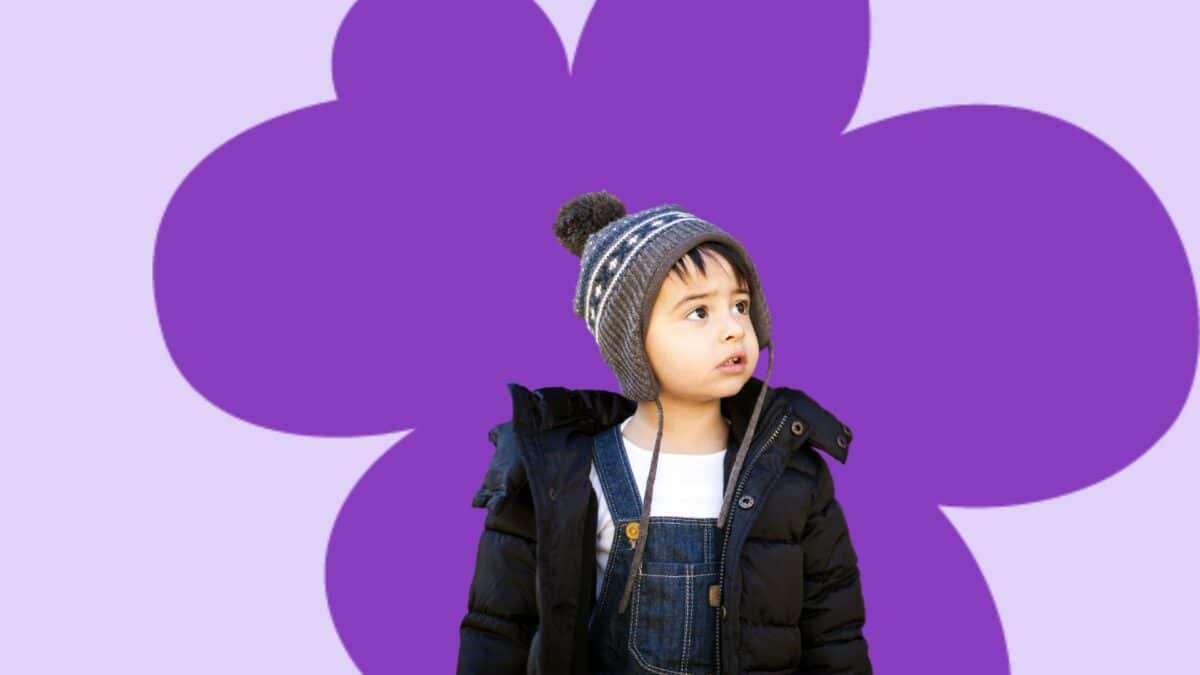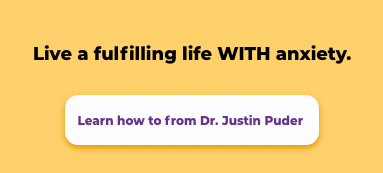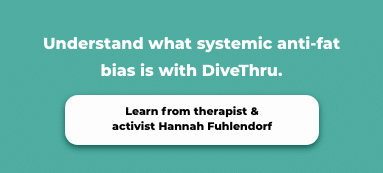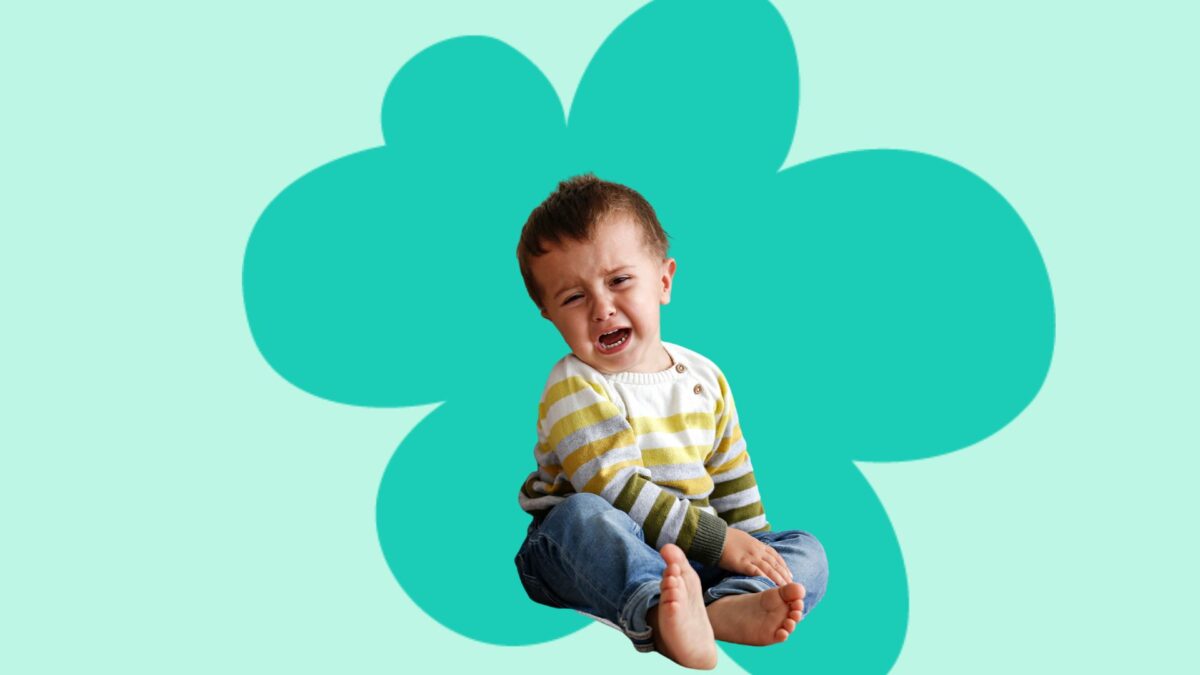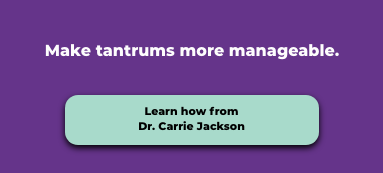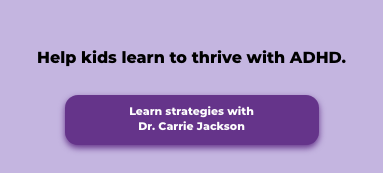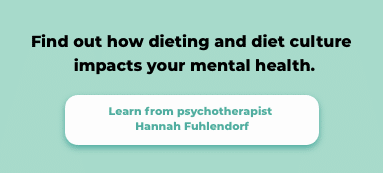You’ve probably heard about “attachment styles” before, whether it was from your therapist or in a psychology class! Attachment theory was coined in the 1960s by British psychologist John Bowlby and American-Canadian psychologist Mary Ainsworth. Attachment theory basically describes how present and responsive your caregivers were to your needs as a baby! It drives the growth of your social, emotional and cognitive development and influences how you form relationships throughout your life (so, pretty much everything about you).
Now, you might be thinking “so my caregivers literally shaped who I am today?” And you’re right! The patterns from childhood tend to be pretty similar as you navigate adulthood, and can also be affected by your relationships. But, luckily, your attachment style is flexible and adaptable (yay)! We’re going to walk you through what the different types are, what they mean, and how yours changes over time.
What Are Attachment Styles?
Attachment styles are your first form of coping mechanisms when you’re young. It’s what helps comfort you in difficult moments and what helps you navigate the world around you when you’re eventually left to your own devices! A common test that researchers have used on infants to assess their attachment involves separating them from their caregiver for a short period of time. And, how that child reacts can mean one of four things:
If the child is super upset at the caregiver leaving, but still welcomes them back with wanting a hug, their attachment is secure.
A child who is upset by the separation and is still anxious when the caregiver returns is likely experiencing an anxious-resistant attachment.
An avoidant attachment would show up as a child who is fairly unphased by the separation and doesn’t exactly welcome the caregiver’s return.
And, lastly, if a child is confused by the caregiver’s return and responds with resistance or violence, they have a disorganized attachment (usually caused by childhood trauma, where the caregiver may be threatening and not a place for safety).
Types of Attachment Styles
Childhood attachment issues take on similar names when you grow up. BUT, adult attachment styles tend to be a little more dimensional — meaning you may experience anxiety and avoidance at different levels; whether high, low or somewhere in between! You may also exhibit different attachment patterns depending on the relationship.
Here are the core four attachment styles in adulthood:
- Secure
- Anxious-preoccupied (ambivalent)
- Dismissive-avoidant
- Fearful-avoidant (disorganized)
Anxious-preoccupied folks tend to have high anxiety and low avoidance. Meanwhile, those with a dismissive-avoidant attachment usually show low anxiety and high avoidance, and fearful-avoidants generally experience and show both high anxiety and high avoidance! Oh, and all three of the above are classified as insecure.
What Is Insecure Attachment?
Let’s take a look at secure vs insecure attachment because they shape your relationship stability and emotional availability! In short, secure attachments are more likely to be able to provide secure love and receive love while maintaining individuation, whereas insecure attachments tend to be less so. Let’s dissect that a little more!
If you have a secure attachment, your caregivers were likely available, sensitive, responsive and accepting. They gave you freedom but were also there to set rules and provide security and comfort. They played with you and reassured you when you needed it. And, as a result, you have learned how to trust, have developed healthy self-esteem, learned to provide love to others and receive love in return. You are in touch with your feelings, and generally have successful relationships! (But no, this doesn’t mean people with secure attachments are perfect!)
Now let’s turn our attention to insecure attachment styles.
Ambivalent
With an anxious-preoccupied attachment, your caregivers were likely very inconsistent with their care — sometimes they were there and sometimes they weren’t. You tend to become sheltered, because you can’t rely on that parent figure for protection, and act clingy or demanding in hopes of getting their attention! This results in a lot of anger, reassurance-seeking and distrust over the years.
Avoidant
Parental figures who minimized feelings, rejected requests, and didn’t help with difficult tasks will most likely have left you with a dismissive-avoidant attachment. You learn to become self-reliant, shut down your emotions, and not turn to your caregivers when you’re distressed — because making your negative emotions known hasn’t gotten you any support before!
Disorganized
A fearful-avoidant attachment is usually caused by caregivers who ridiculed, rejected and/or frightened you. Basically, they took their own unresolved trauma out on you and caused you trauma by doing so. You start creating behaviours that make you feel somewhat safe, like becoming aggressive towards your parental figures, refusing any form of care from them, and just becoming super self-reliant. However, this type of attachment is unpredictable and can look consistently different.
Attachment Styles Through The Years
After reading all of that, it’s probably easy to see how attachment styles stick with you over the years. It’s not easy to break patterns that were ingrained in your lil’ brain when you were barely able to walk and it’s almost like a security blanket to keep them around. But, as we’ll show you shortly, having an insecure attachment can make it difficult to form and keep relationships! So, let’s see what we can do about it.
Attachment Styles In Relationships
Alright, now that we’ve established that you’ve likely carried these attachment styles with you throughout adulthood, we can see what it looks like in relationships! Whether with close friends or in romantic relationships, there are a few different characteristics you’ll take on based on how you were treated by your caregivers in infancy (just lovely, right?).
Here are 6 ways each of the different attachment styles show up in relationships:
Secure:
- Have higher emotional intelligence
- Able to draw healthy boundaries
- Happy alone or in a relationship
- Able to give and receive healthy intimacy
- Communicate issues well
- Able to grieve, learn from relationships, and move on
Ambivalent:
- Feel nervous and insecure in relationships
- Many stressors: jealousy, possessiveness, neediness, etc.
- Automatic negative thinking or distrust
- Constantly needing validation or positive reinforcement
- May turn to emotionally turbulent relationships
- Struggle to be alone
Avoidant:
- Very self-sufficient and independent, emotionally and behaviourally
- Fear of intimacy that makes you vulnerable
- Need freedom and push someone away when they get too close
- Other priorities trump relationships (work, individuality, social life, personal projects, etc.)
- May have commitment issues and prefer being single
- Lots of acquaintances, but few really close relationships
Disorganized:
- Experience a lot of grief, abandonment and abuse
- Inner conflict because you crave intimacy but are also afraid of it
- Fear of losing yourself in a relationship
- Have a hard time relying on others
- Suspicious of other people’s intentions or actions
- Push people away and only have few very close relationships
Can Attachment Styles Change?
Okay, so that info dump was probably A LOT to take in! You might be questioning your entire upbringing and all past relationships at this point. But don’t worry, we’ve got some good news! Your attachment style can change and shift over time. The first step is figuring out what you want to change, and the second is to actually take that step!
There are two ways you can do this. First, you can find someone with a secure attachment style to connect with (easier said than done, but very effective)! A secure person has the ability to be willing to grow with you and have those difficult conversations when you choose to open up to them. In short, they may help you heal a little bit! Relearning patterns through security is helpful because we can begin to shift when we’re feeling safe and seen.
Second, you can see a mental health professional! Therapy, whether it’s individual or through couples therapy, is always a great option for working through trauma and finding out where it stems from. Once you’re able to actively recognize why an insecure attachment style causes you to act a certain way, you can incorporate some internal practices to help break the cycle!




